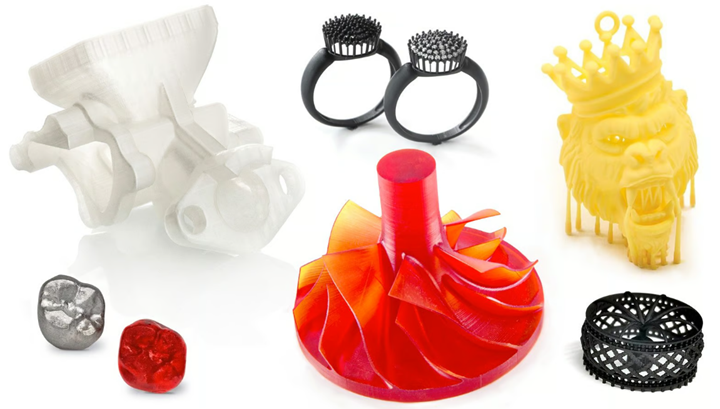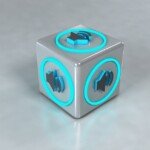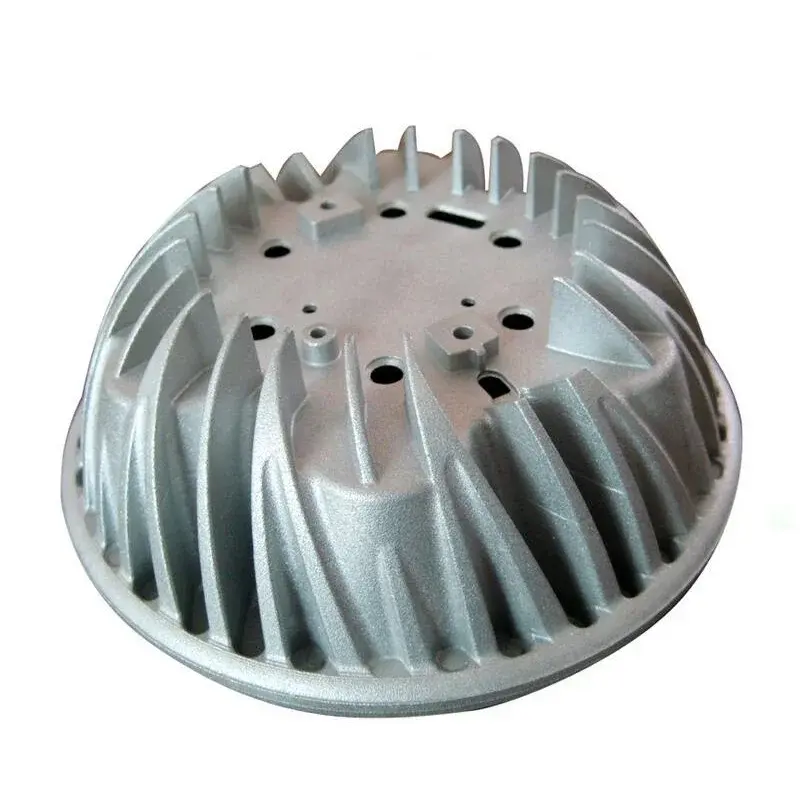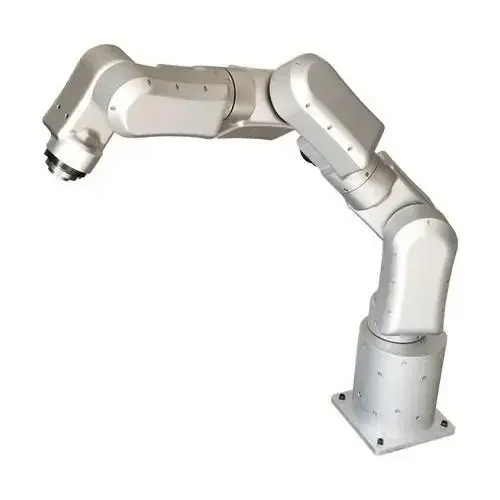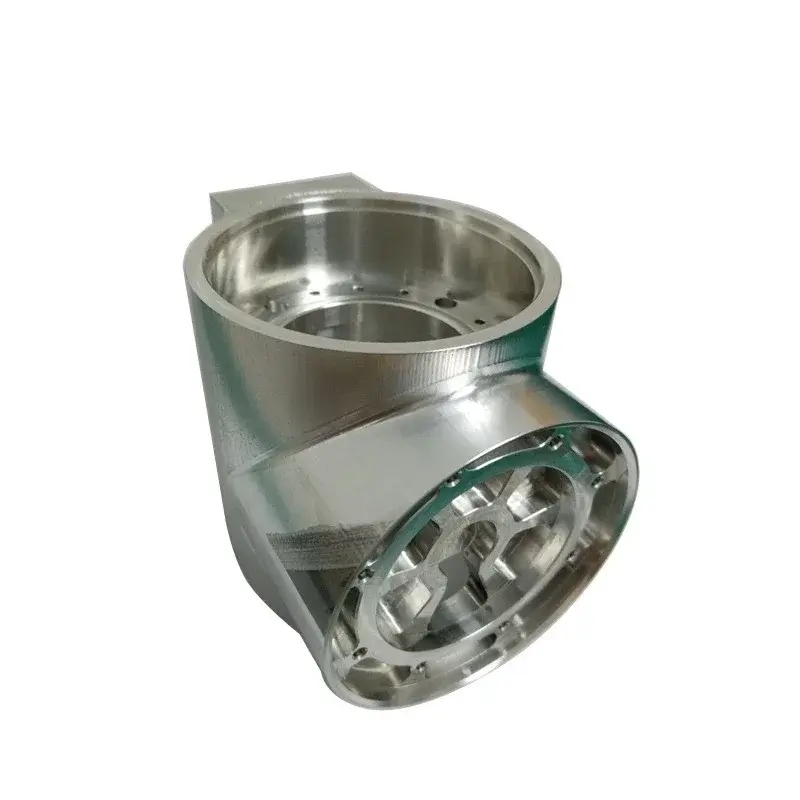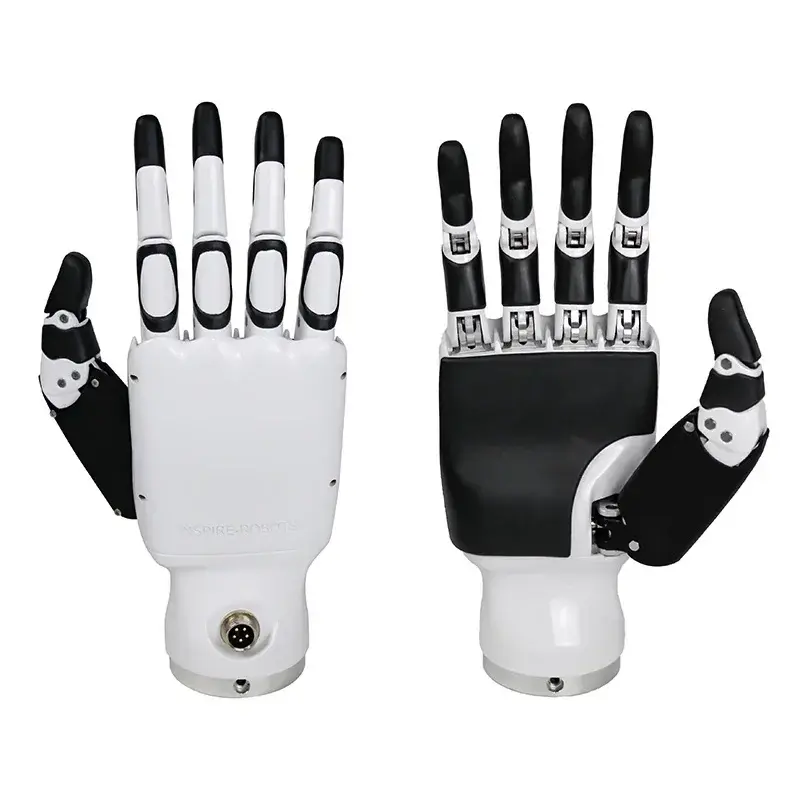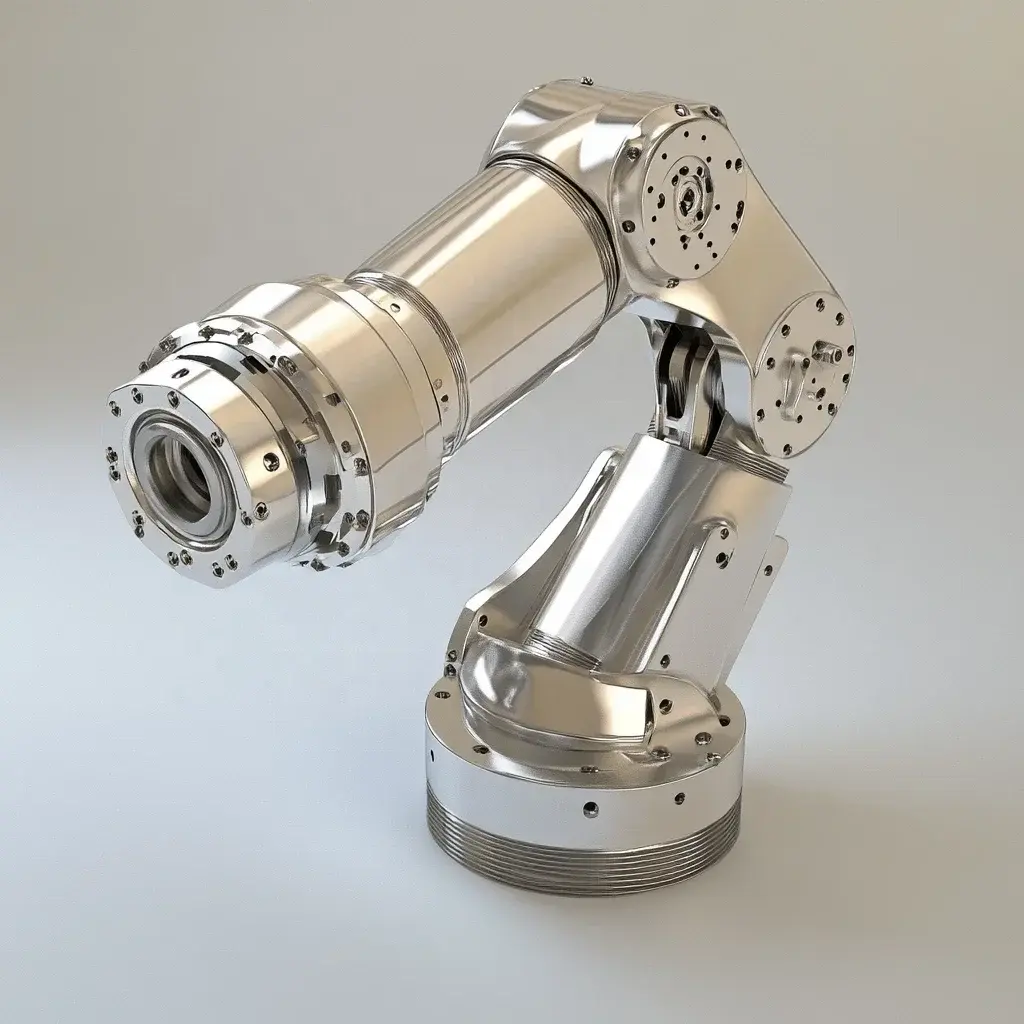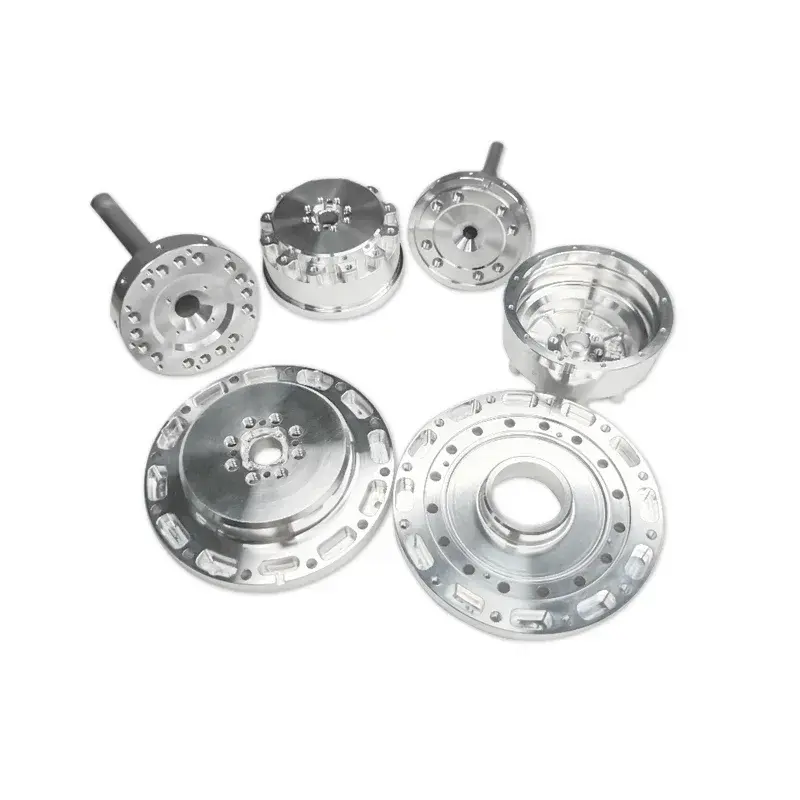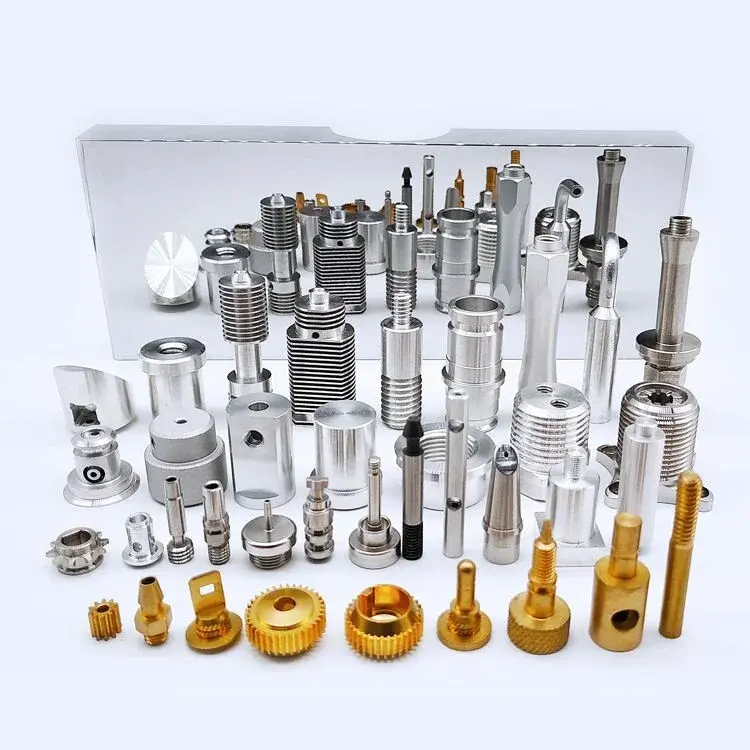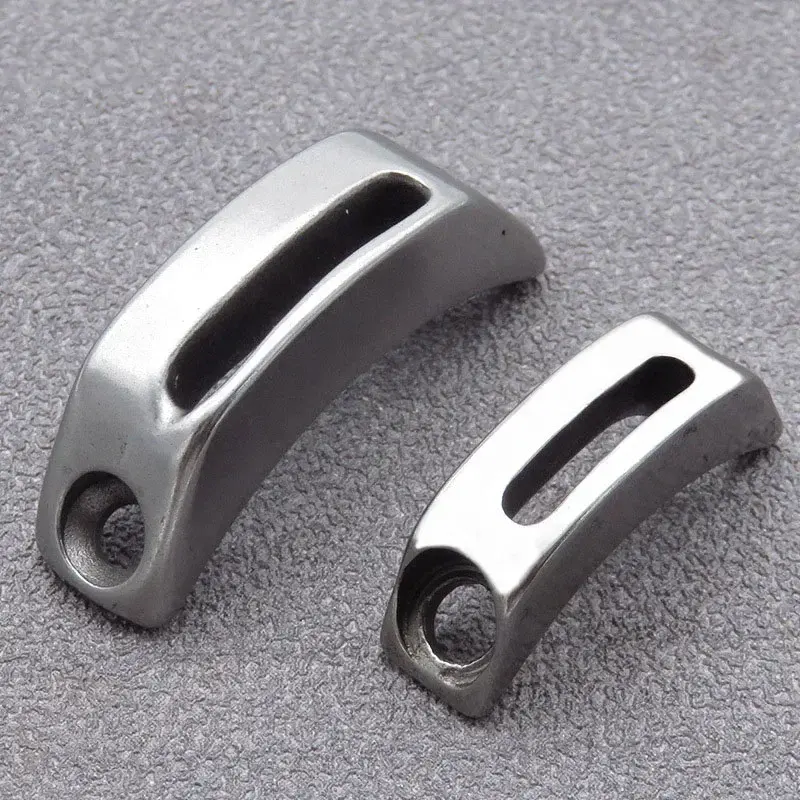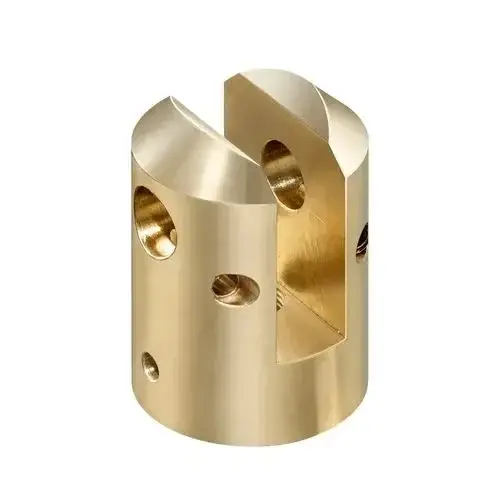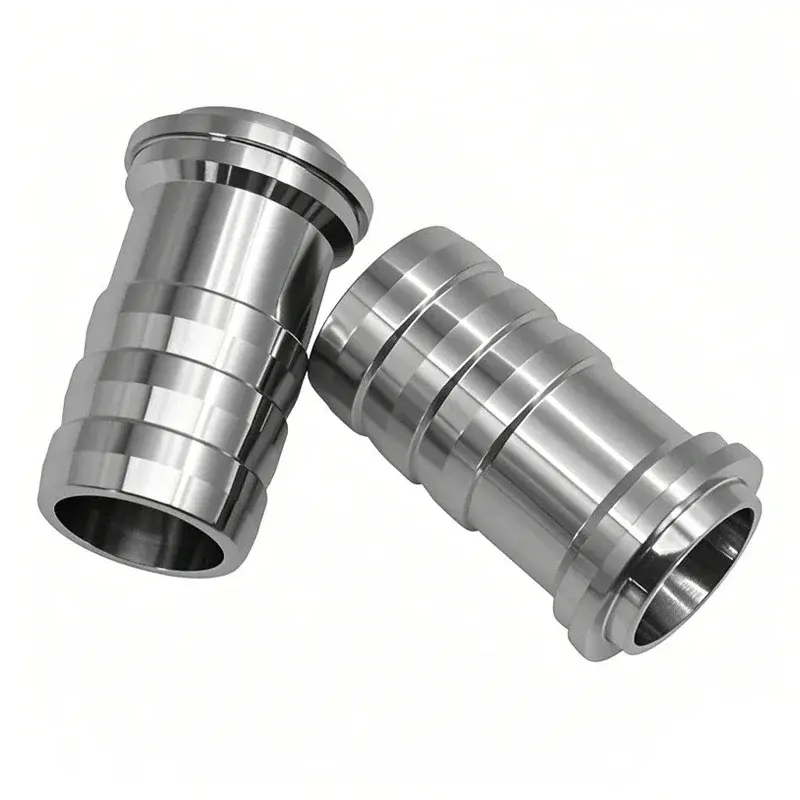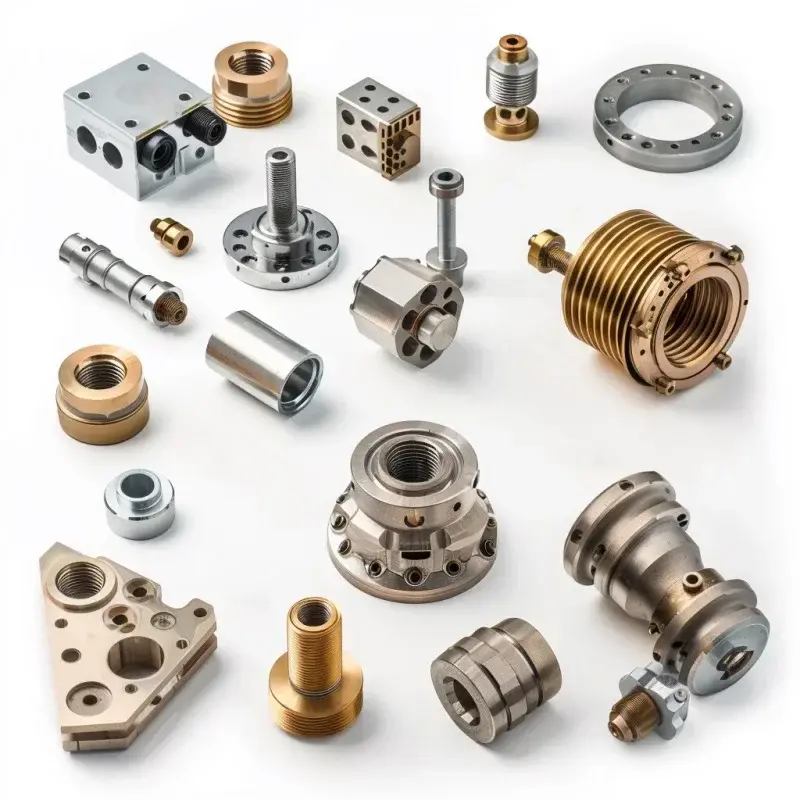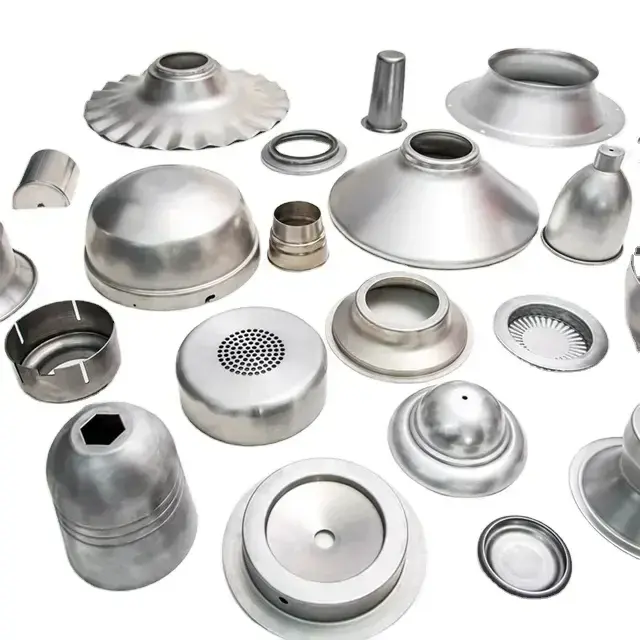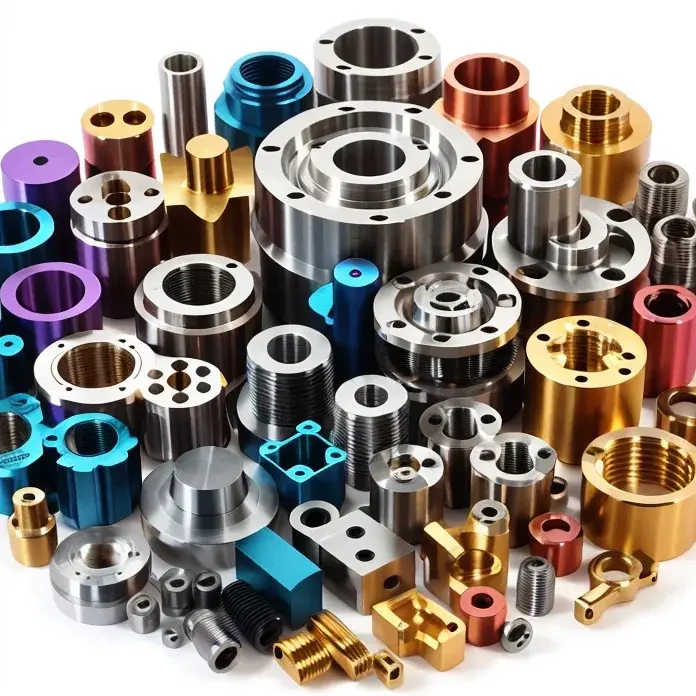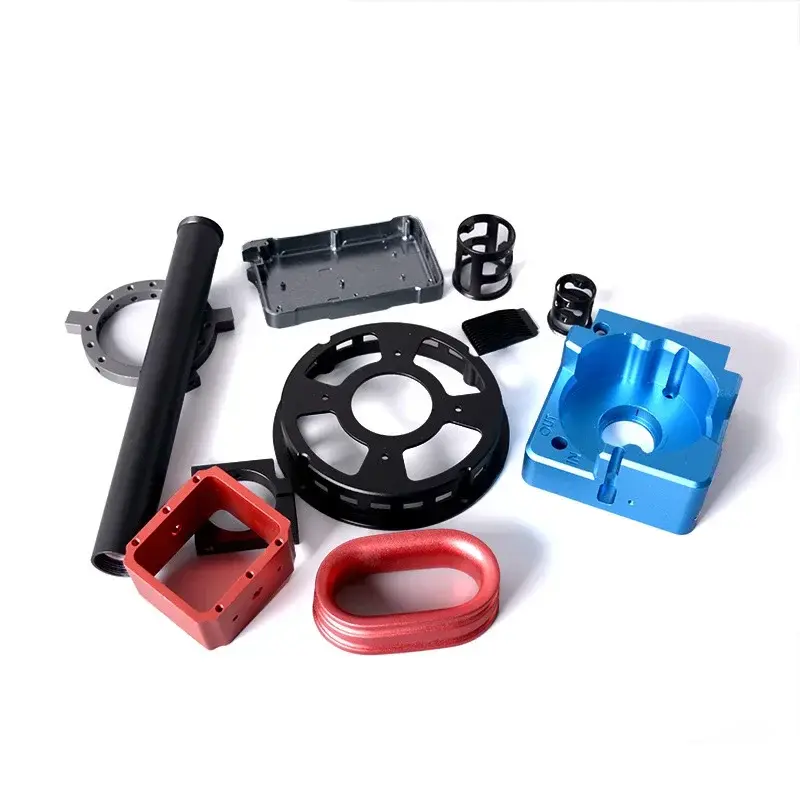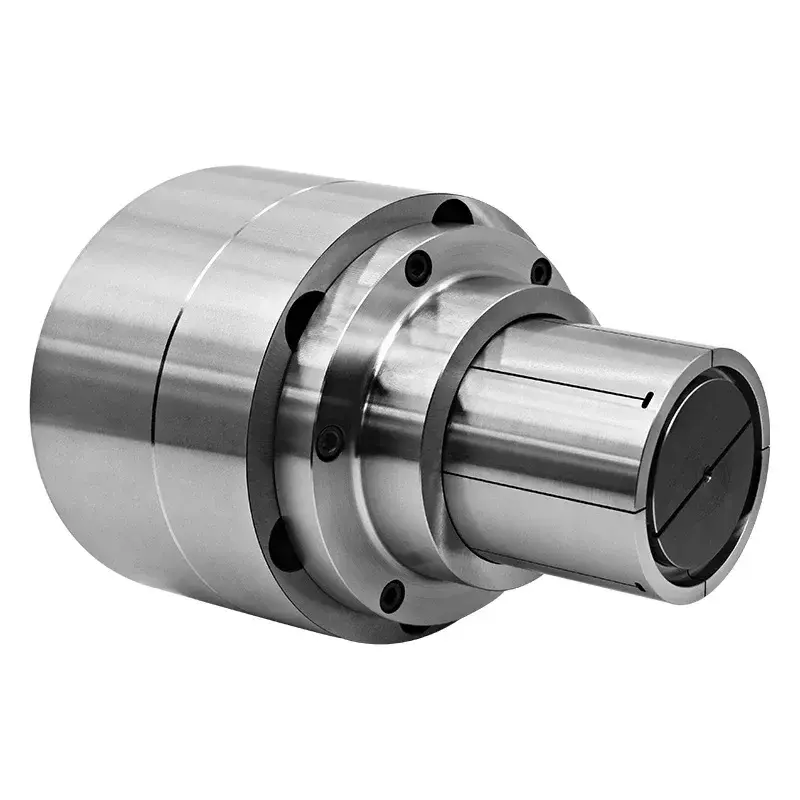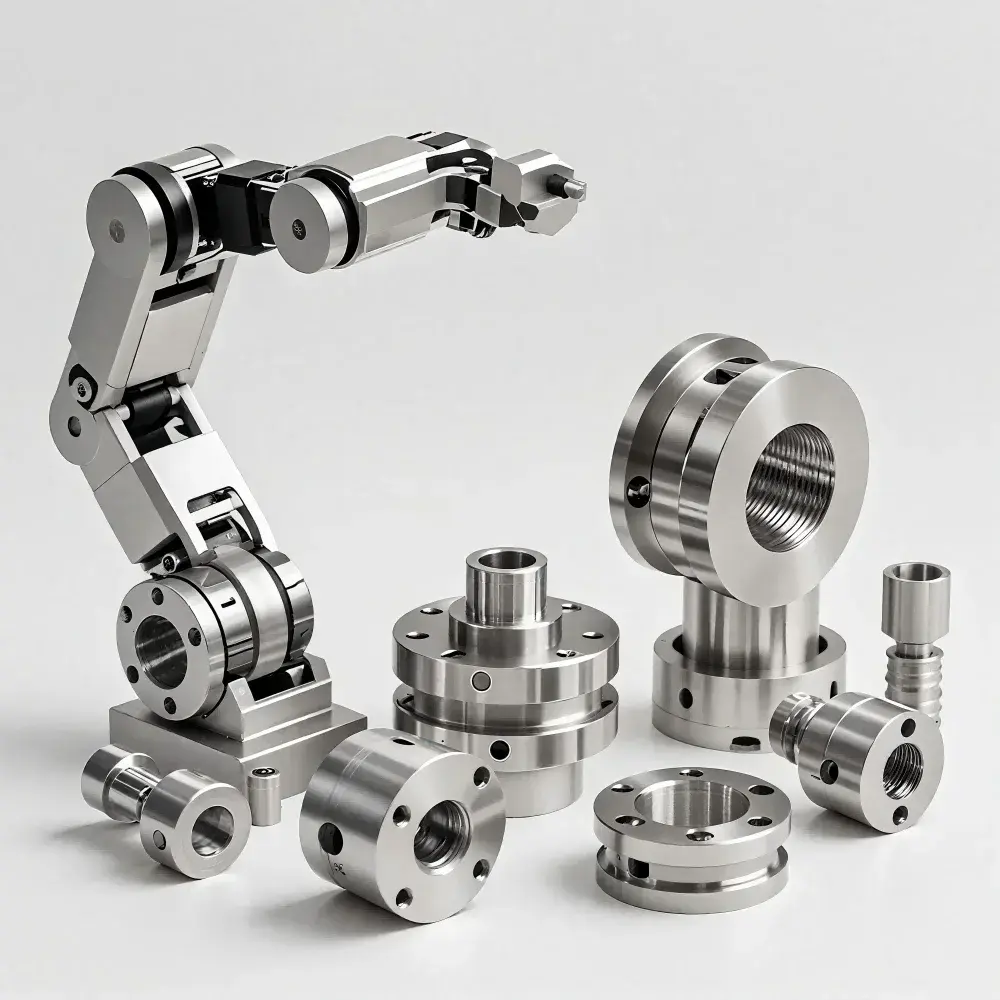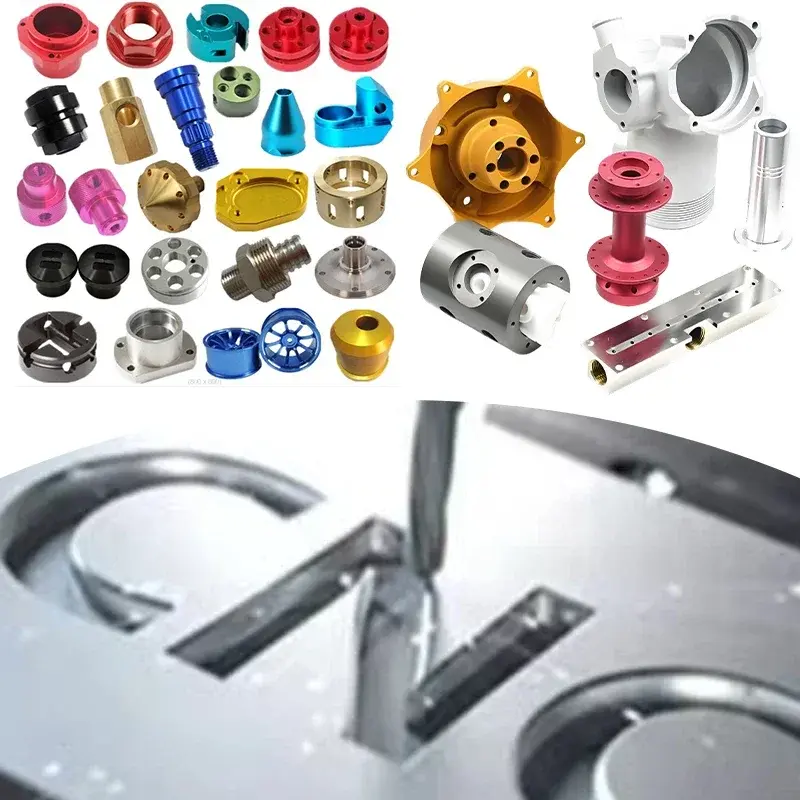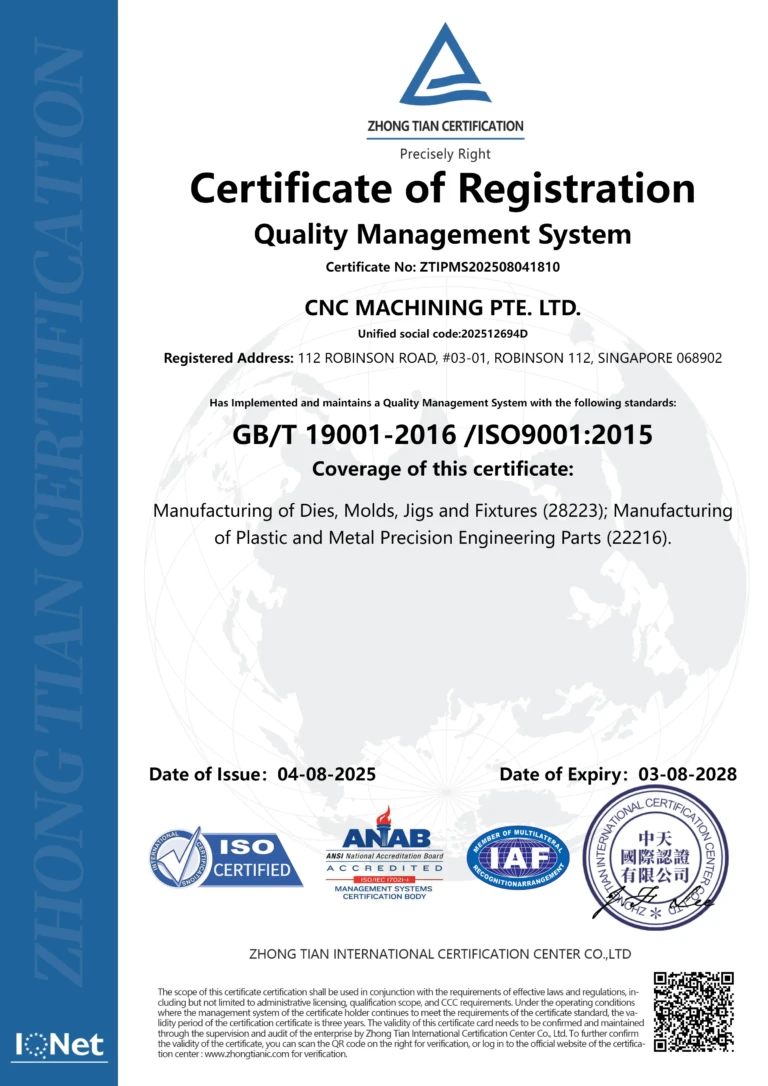The Ultimate Guide to 3D Printing Wax: Unlocking the Secrets of Jewelry Making
In the world of jewelry making, 3D printing wax has revolutionized the process of creating intricate designs and complex patterns. With the ability to print complex shapes and designs, the possibilities are endless, and the art of jewelry making has never been more accessible. In this comprehensive guide, we will delve into the world of 3D printing wax, exploring its benefits, challenges, and applications in the jewelry making industry.
Why Use 3D Printing Wax?
The use of 3D printing wax dates back to ancient times, when metal craftsmen used beeswax to create intricate designs and patterns. Today, 3D printing wax has become a popular method for creating complex jewelry designs, allowing for the creation of intricate patterns and shapes that were previously difficult or impossible to achieve.
The 3D Printing Process
The 3D printing process begins with the design of the jewelry piece using computer-aided design (CAD) software. The design is then sent to a 3D printer, which extrudes melted wax through a heated print head, layer by layer, building up the design. Once the print is complete, the excess wax is removed, and the jewelry piece is ready for casting.
Advantages of 3D Printing Wax
- Toolless Plaquet Manufacturing: With 3D printing wax, there is no need for traditional molds or tools, making the process faster and more cost-effective.
- Reduced Lead Time: The 3D printing process can take just a few days, compared to weeks or even months using traditional methods.
- Increased Customization: 3D printing allows for the creation of complex designs and patterns that were previously impossible to achieve.
- Improved Quality: The waxprint process ensures precise control over the printing process, resulting in high-quality, intricate designs.
Challenges and Considerations
- Melting Time: The time it takes for the wax to melt or exhaust the mold can vary, from 2 to 5 hours.
- Level of Ash: The amount of ash left behind after burning can vary, requiring post-processing and cleaning.
- Low Withdrawal: The amount of wax that is pulled away from the mold during the burn-out process can cause issues with the final product.
- Low Water Absorption: Some waxes can absorb moisture, requiring special storage and handling.
Choosing the Right Wax for Your Printer
When selecting a wax for your 3D printer, it’s essential to choose one that is compatible with your printer’s specifications. Some popular waxes for 3D printers include:
- SLA (Stereolithography): Used for high-resolution prints and precise details.
- LCD (Light-Curable Resin): Used for medium-resolution prints and moderate details.
- DLP (Digital Light Processing): Used for high-resolution prints and complex designs.
Conclusion
3D printing wax has revolutionized the jewelry making industry, offering new possibilities for creating intricate designs and complex patterns. With its ability to print complex shapes and designs, the possibilities are endless, and the art of jewelry making has never been more accessible. In this comprehensive guide, we have explored the benefits, challenges, and considerations of 3D printing wax, providing insight into the world of jewelry making and the opportunities it presents.
